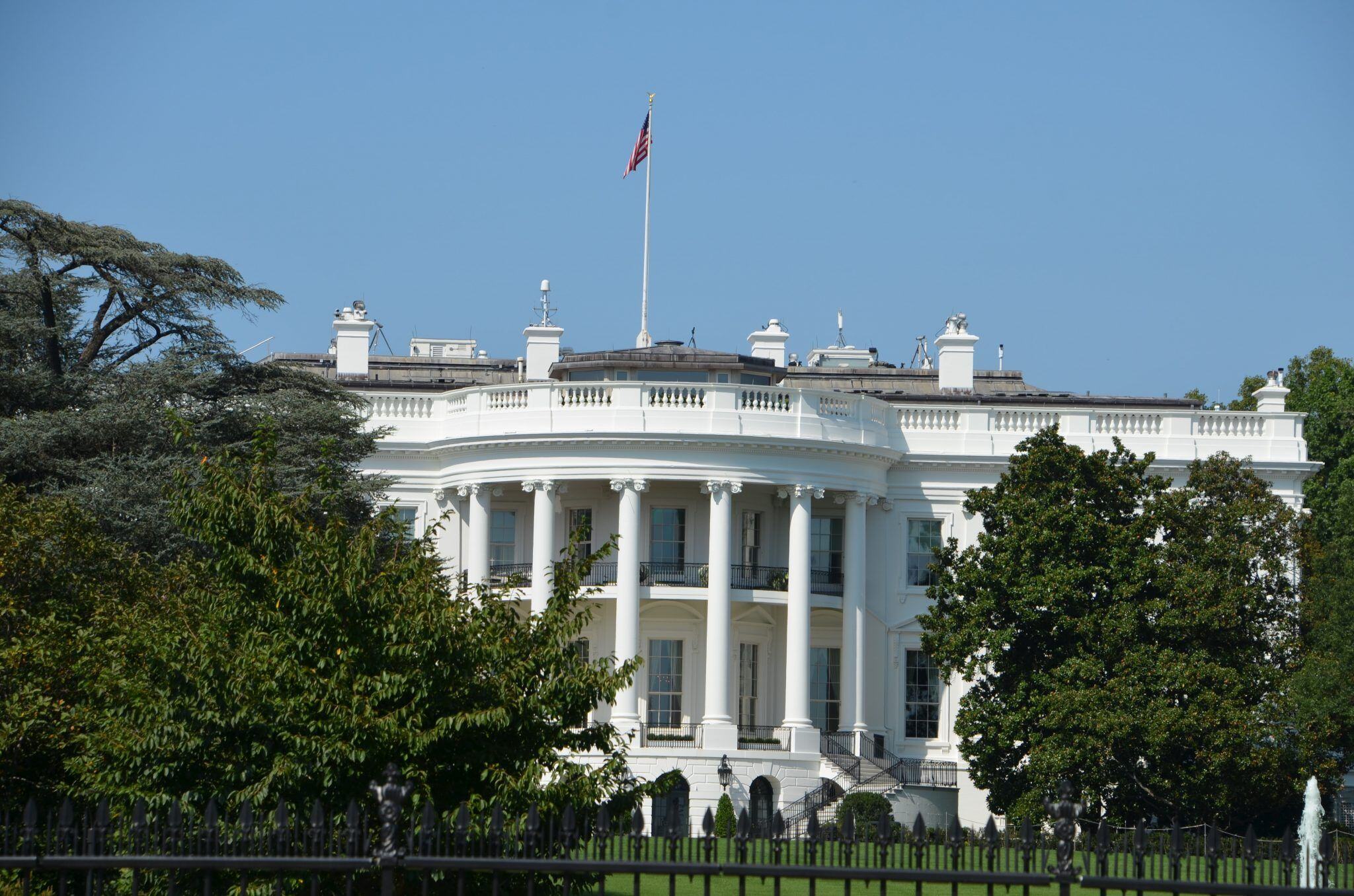The Black Box for Deciphering 2022 R&D Tax Credit Claims
Taxpayers claiming Federal-level R&D tax credit claims have always found it to be a very onerous and arduous task ever since the inception of this incentive into the Internal Revenue Code back in 1981.
However, claiming the Federal-level R&D tax credit just became even more challenging this year effective January 1st of 2022 because of the Tax Cuts and Jobs Act of 2017 (“TCJA”) that changed the treatment of I.R.C. § 174 R&D expenditures. I.R.C. §174 R&D costs are defined as expenditures used in connection with a taxpayer’s trade or business which represent research costs in the experimental or laboratory sense. Instead of treating such costs as immediately deductible, which I.R.C. § 174 allowed in the past, under current law, qualified domestic R&D costs must now be capitalized and amortized over five years. Additionally, qualified foreign R&D costs must now be capitalized and amortized over 15 years.
Since the passage of the TCJA some five years ago, there has been strong bi-partisan support to defer the capitalization rules through 2025. Even so, all of the House and Senate bills with this provision over the years have failed to be signed into law. Consequently, taxpayers have been scrambling to design and implement new processes throughout 2022 to better track I.R.C. § 174 costs to comply with current law. Prior to 2022, taxpayers may not have characterized all applicable R&D costs as I.R.C. § 174 costs. Instead, they may have just treated such costs as ordinary and necessary costs deductible under I.R.C. § 162, noting that under either I.R.C. § 174 or § 162 the costs were deductible. Now, because of required capitalization treatment under I.R.C. § 174, it is essential to distinguish R&D costs from other ordinary and necessary business expenses.
The Black Box of Deciphering Costs
While considering a methodology to decipher I.R.C. § 174 expenditures, many taxpayers are concentrating first on the definition of actual qualified research expenses as defined pursuant to I.R.C. § 41. QREs should only include taxable Form W2, Box 1 wages, supply costs that are consumed or destroyed during the R&D process with no future alternative useful life, and third-party contract research.
The Black Box of I.R.C. § 174 Capitalization Treatment
From a pragmatic standpoint, with no current deduction for R&D costs, the required capitalization creates a timing difference that can impact cash flows and the ability to fund R&D activities. Moreover, the capitalization of R&D expenditures will likewise affect the speed at which net operating losses may be generated by taxpayers which can disproportionately and adversely affect start-up companies that tend to operate as pre-revenue or have far greater expenses than revenues. The potential impacts of the new capitalization rules may also affect:
- ASC 740 Accounting for Income Taxes – A taxpayer must evaluate the capitalization treatment and its impact in connection to:
- Deferred Tax Assets on the Balance Sheet
- Cash Taxes on the Income Statement and Statement of Cash Flows
- Overall Effective Tax Rate
- Interest Deduction Limitations – R&D amortization may impact the computation of the interest deduction limitation rules as set forth pursuant to I.R.C. § 163(j)
- Abandoned R&D initiatives – A taxpayer must continue to capitalize and amortize R&D costs over the five-year period for qualified domestic R&D and the 15-year period for qualified foreign R&D even if a project is abandoned
- International Tax Impact – R&D amortization may adversely affect Foreign Tax Credit calculations, GILTI, and FDII.

